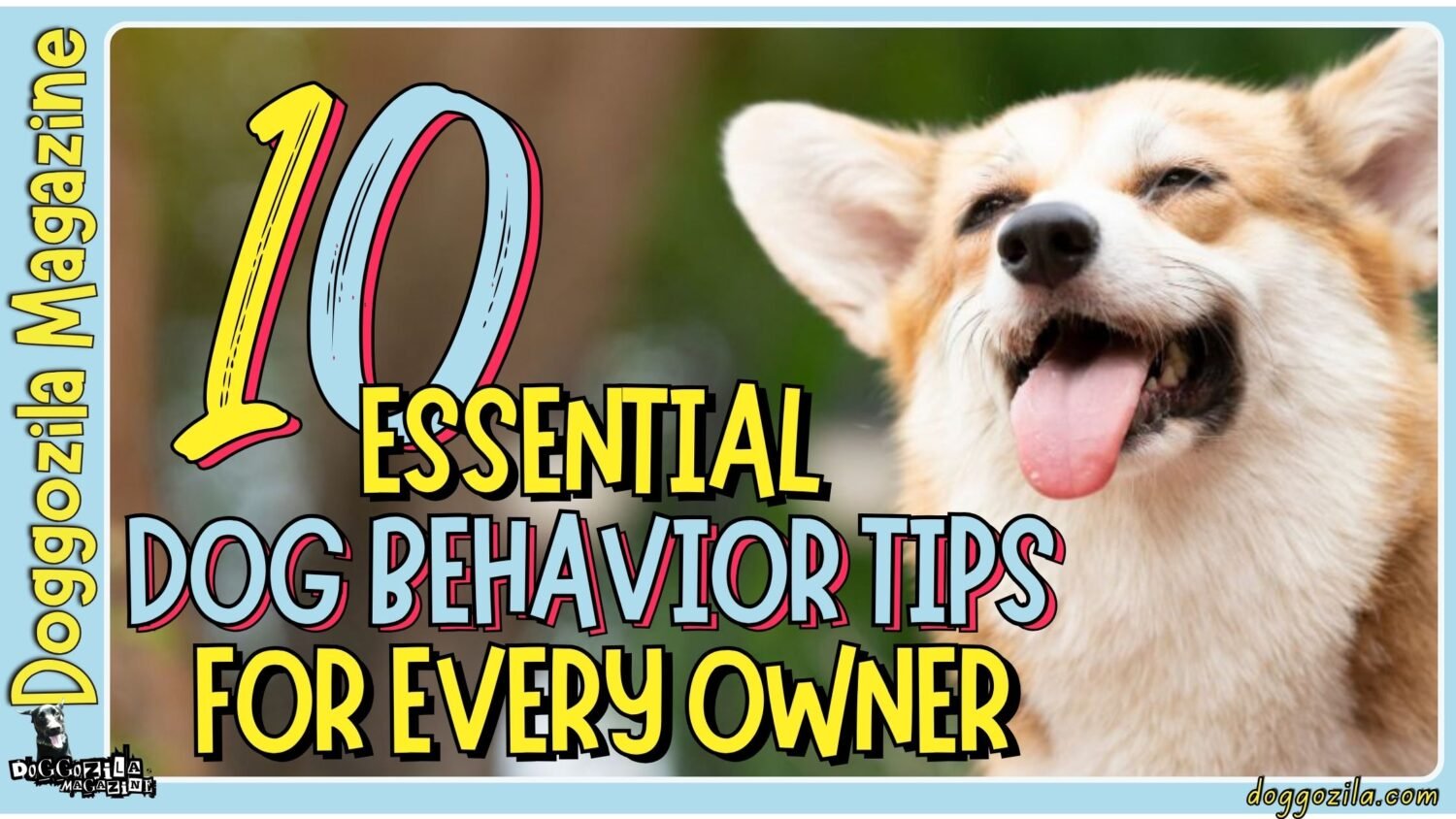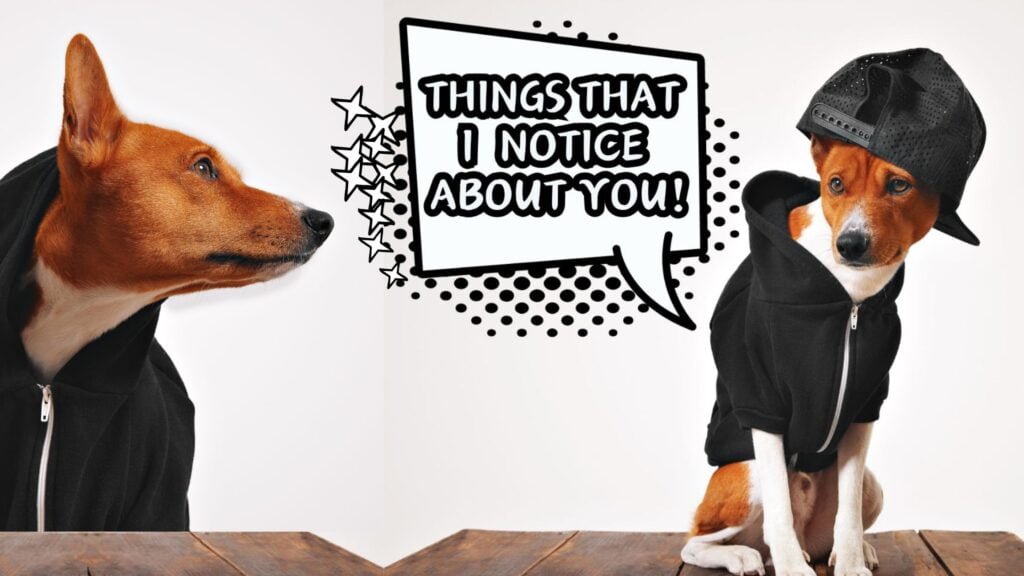Imagine hiking a forest trail with your furry best friend trotting happily beside you. They explore freely but consistently check in, their tail wagging with joyful independence. This dream is absolutely achievable with dedicated off-leash dog training. This training is not just about freedom, it is about building an unbreakable bond of trust and communication.
Furthermore, it provides incredible mental stimulation and physical exercise for your dog. However, it requires a solid foundation and a deep understanding of your dog’s instincts. Ultimately, the journey transforms your relationship and opens up a world of adventure. So, let’s explore how you can get started safely and successfully.
Imagine the joy of watching your dog run free,
exploring the world with a happy heart, yet always choosing to stay connected with you.
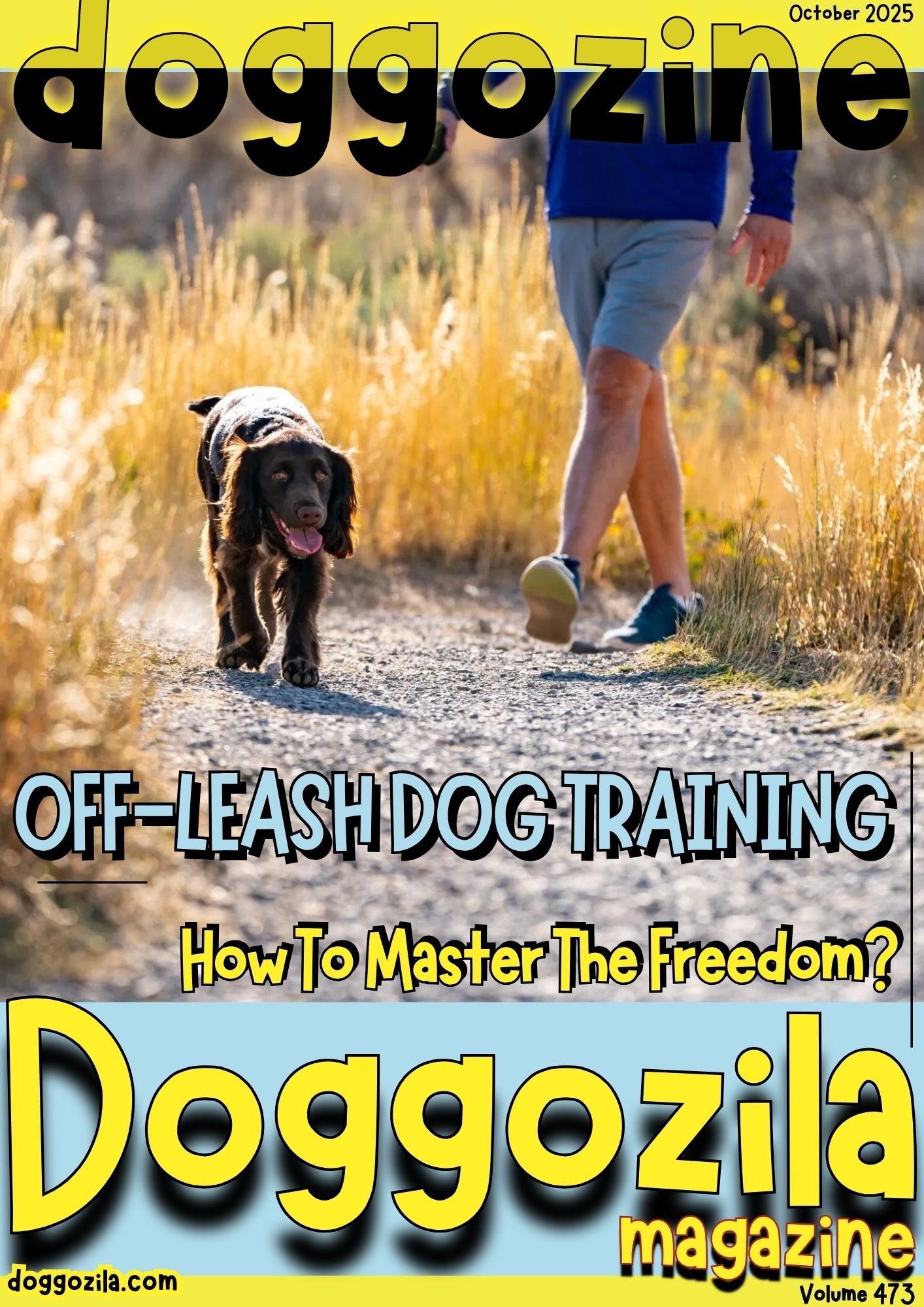
Key Takeaways: Your Off-Leash Dog Training Cheat Sheet
| Point | Details |
| Foundation is Everything | A reliable off-leash dog is built on a foundation of mastered basic obedience, strong engagement, and solid impulse control practiced in various environments. |
| The Recall is Non-Negotiable | A fast, happy, and distraction-proof recall command is your most important safety tool, functioning as an emergency brake in unpredictable situations. |
| Trust Over Control | The goal is for your dog to choose to stay with you because you are more rewarding than the environment, creating a partnership based on willing cooperation. |
| Gear is Your Safety Net | Essential tools include a long-line leash for safe practice and a GPS tracker for peace of mind, especially in large or unfamiliar areas. |
| Progress Isn’t Always Linear | Setbacks are normal. The key is to manage them patiently by returning to simpler steps and rebuilding confidence without punishment. |
| Freedom Comes with Responsibility | Always respect leash laws, other people, and wildlife. Being a responsible owner ensures these privileges remain available for everyone. |
UNDERSTANDING THE CORE PRINCIPLES OF OFF-LEASH DOG TRAINING
First, you must understand that this training relies on trust, not control. Your dog chooses to stay with you because you are more rewarding than the environment. Consequently, you need to become the most interesting thing in their world. Practice this principle in your backyard before going to a park. Use high-value treats and enthusiastic praise to build a strong reinforcement history. Additionally, always set your dog up for success by starting in low-distraction areas.
Remember, this process is a marathon, not a sprint. Patience and consistency are your very best friends throughout this entire journey. This foundation turns obedience into a joyful choice for your dog. It transforms your relationship from one of control to one of willing partnership.
Why A Perfect Recall Is Non-Negotiable For Safety?
A reliable recall command is your dog’s emergency brake. It is the single most important skill for off-leash dog training. This command must work every single time, no exceptions. Practice calling your dog in a fun, exciting tone. Then, always reward them lavishly when they come to you. Make returning to you the best part of their day.
Never, ever scold your dog when they come back, even if it takes them a while. If you do, you teach them that coming to you ends the fun. Therefore, every dog recall command must be a positive, party-like experience. A dog that loves to check in with you is a dog you can trust. This reliability opens the door to truly safe adventures together.
How To Build Focus And Engagement From The Ground Up?
Engagement is the magical connection between you and your dog. It means your dog voluntarily pays attention to you amidst distractions. Start building this focus during your everyday on-leash walks. Reward your dog with a tasty treat every time they spontaneously look at you. You can also play fun engagement games like “Look at That” to strengthen this skill.
Gradually increase the difficulty as your dog improves. Soon, your dog will learn that checking in with you is highly rewarding. This focused attention is the true cornerstone of all off-leash dog training. A connected dog would rather be with you than anywhere else. This voluntary engagement is the heart of freedom.
Laying The Foundation For Reliable Off-Leash Dog Training
A strong recall is vital, but it is just one piece of the puzzle. True reliability comes from a comprehensive foundation of basic obedience. Your dogs must master several core skills on a leash before you even consider unleashing them. Think of these skills as the essential grammar of your shared language.
They ensure you can effectively communicate your expectations to your dog at a distance. Therefore, consistently practice sit, stay, down, and heel in various environments. This foundational work builds the impulse control your dog needs to resist temptations. Consequently, a solid foundation makes advanced off-leash dog training much safer and more effective.
🔑 Key Points: The foundation of off-leash training is building trust and engagement, making yourself more rewarding than the environment, rather than relying on control.
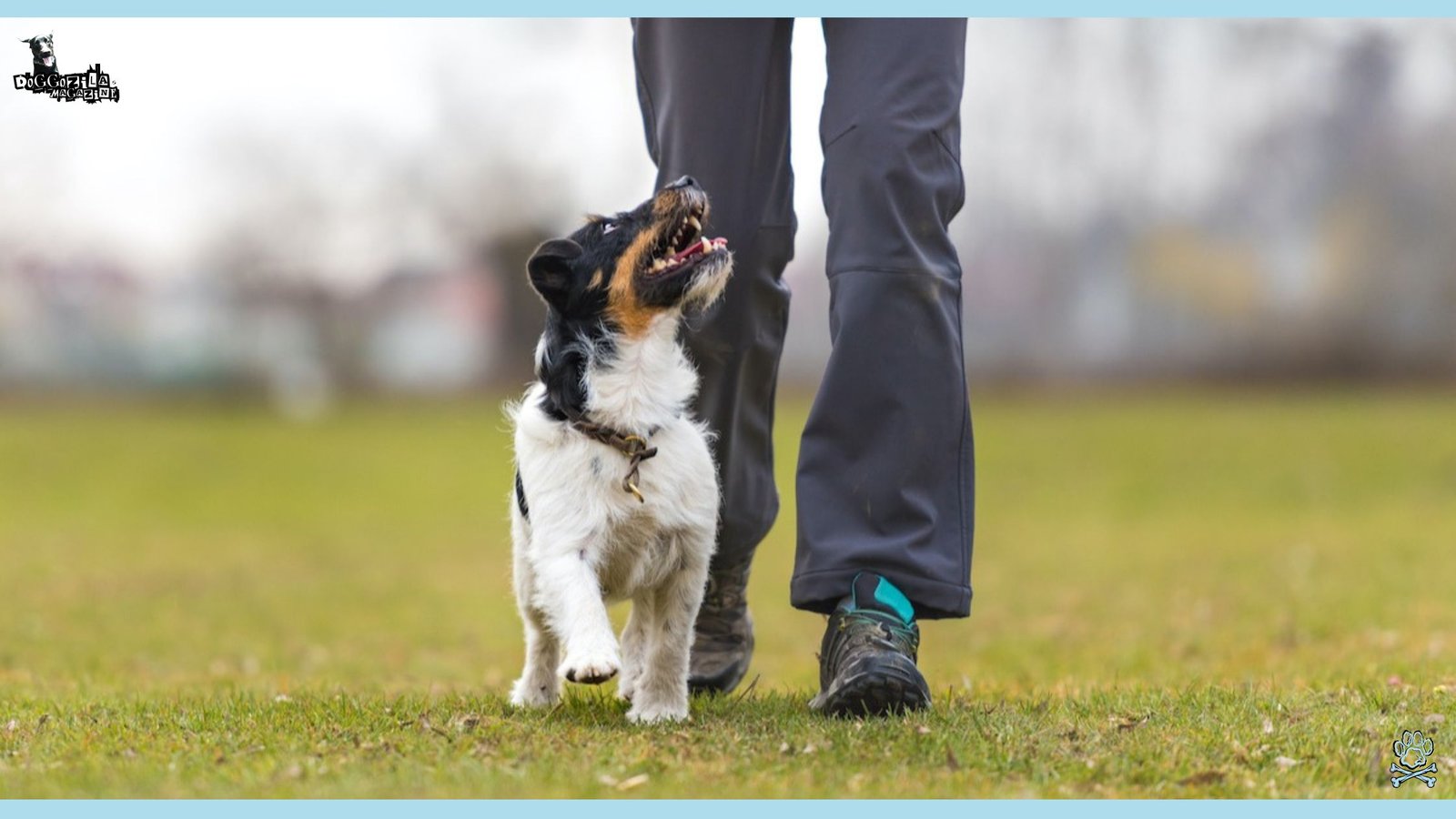
MASTERING BASIC OBEDIENCE BEFORE STARTING OFF-LEASH DOG TRAINING
Your dog must respond to basic commands instantly, even with distractions around. Start training in a quiet room inside your house. Once they are perfect there, move practice to your slightly busier backyard. Then, gradually take your training sessions to more challenging locations.
Practice a solid “sit” at the park and a reliable “down” near a sidewalk. This process, called proofing, teaches your dog to listen anywhere. If your dog cannot perform a command on a long leash, they are certainly not ready to be off-leash. So, do not rush this critical first step. These skills form the basic vocabulary of your communication. A dog that knows its basics is prepared for the freedom of off-leash dog training.
Using A Long Leash For Effective Off-Leash Dog Training Simulations
A 15 to 30-foot long-line leash is an invaluable tool for safety. It provides a crucial middle step between on-leash and fully off-leash freedom. This long leash gives your dog a feeling of independence while you maintain control.
You can practice recalls and other commands at a distance safely. If your dog ignores a command, you can gently guide them or step on the line. It also prevents them from learning that they can run away without consequences.
Always use a lightweight long-line for this off-leash dog training practice to avoid injuring your dog. It’s the perfect tool for teaching boundaries at a distance. This setup allows for safe mistake-making during learning.
The Critical Role Of Impulse Control In Your Training Plan
Impulse control is your dog’s ability to think before they act. It is what stops them from blindly chasing a squirrel into traffic. You can build this skill with simple games like “Leave It” and “Wait.” For example, ask your dog to wait patiently before you throw their ball. Or, practice a “sit-stay” while you walk a few feet away.
These exercises teach your dog self-restraint, which is absolutely vital. A dog with strong impulse control is a much safer candidate for off-leash dog training. This skill could one day save their life. It’s the mental muscle that keeps them safe when instincts kick in. Strong impulse control is what separates a trained dog from a merely obedient one.
Choosing The Right Gear For Safe Off-Leash Dog Training
The right equipment can make your training safer, easier, and more effective. Conversely, the wrong gear can create problems or even be dangerous. You should always prioritize your dog’s safety and physical comfort above all else.
A well-fitting harness is often a better choice than a collar, especially for strong pullers. Furthermore, technology now offers fantastic tools to aid your training journey. Therefore, let’s explore the essential gear you need for successful and secure off-leash dog training.
🔑 Key Points: Your dog must reliably respond to basic commands like “sit” and “stay” in increasingly distracting environments while on a long leash before ever being allowed off-leash.
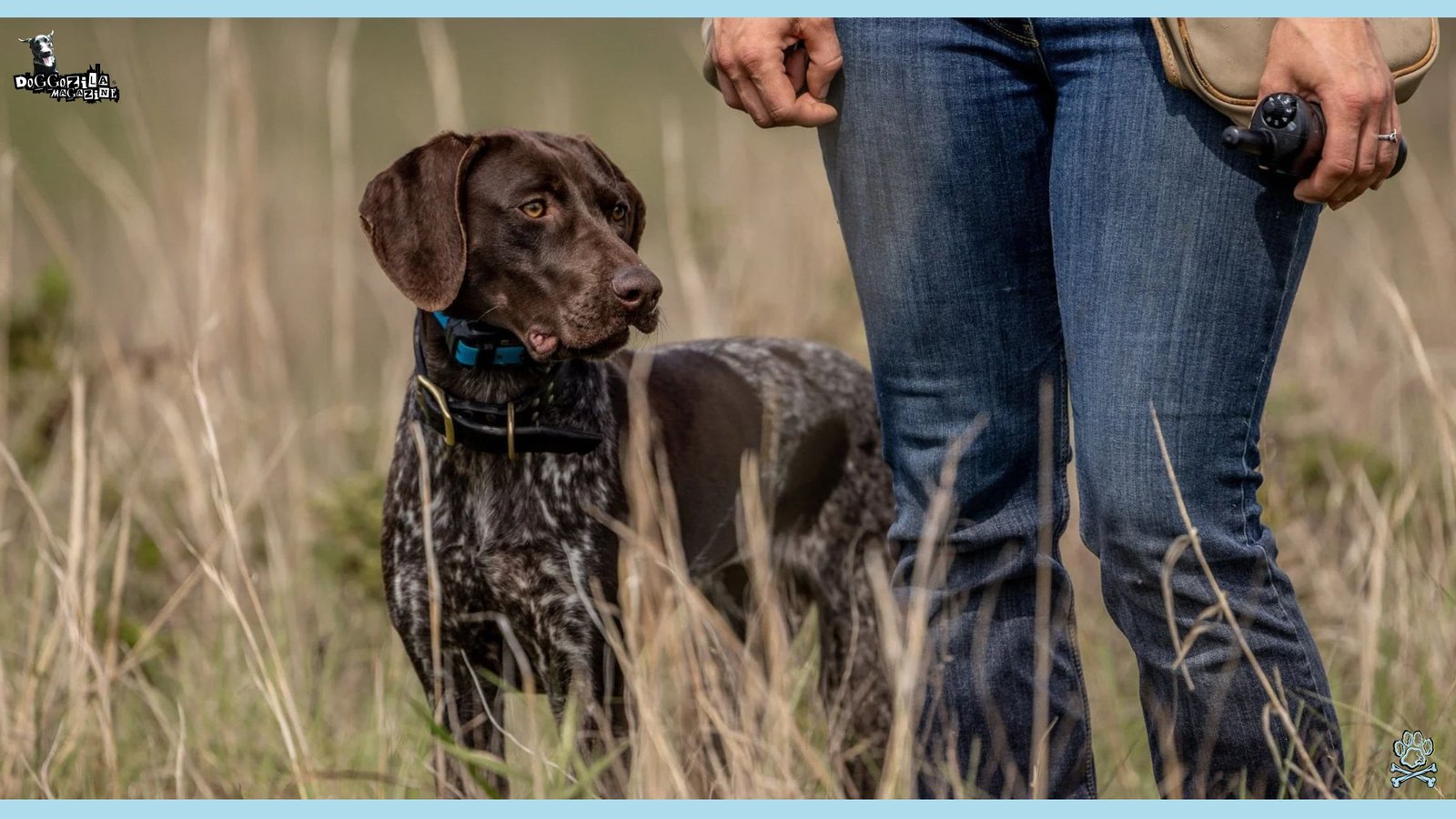
WHY A GPS TRACKER IS A MODERN TRAINER’S BEST FRIEND?
A GPS dog tracker provides immense peace of mind for any off-leash adventure. These small devices attach to your dog’s collar and connect to a phone app. They show you your dog’s real-time location and movement on a map. If your dog ever chases an animal and gets lost, you can find them quickly.
Many models also track activity levels and set safe boundaries. While it does not replace training, it is a brilliant safety net. Our team personally never goes into a large forest area without wearing some kind of GPS on their dog’s collar. It is an essential investment for serious off-leash dog training. This technology lets you relax while your dog explores. It’s the ultimate backup plan for every off-leash dog training enthusiast.
Comparing Long Lines And Wearable Tech For Your Sessions
The classic long-line leash and modern GPS tech serve different but complementary purposes. A long-line is an active training tool for practicing commands at a distance. It provides a physical safety line you can use to intervene. Wearable tech like a GPS tracker is a passive safety device for emergencies. You use the long-line during structured training sessions in public spaces.
The GPS dog tracker is for all off-leash times, especially in vast, unfenced areas. I recommend using both tools throughout your off-leash dog training journey for maximum safety and effectiveness. Each piece of gear serves a unique purpose in your toolkit. Together, they create layers of protection for your dog.
Selecting The Perfect Harness For Freedom And Control
A good harness should be comfortable, secure, and highly visible. Look for a Y-shaped design that does not put pressure on your dog’s neck or shoulders. It should have a sturdy handle on the back for quick assistance over obstacles. Reflective strips are fantastic for visibility during early morning or late evening walks.
For training, a front-clip harness can help manage pulling while you build heeling skills. Avoid cheap, poorly fitted harnesses that can chafe or cause discomfort. The right gear makes the entire off-leash dog training experience more pleasant for your dog. Proper equipment shows your dog you care about their comfort and safety. A happy dog is a more willing training partner.
Advanced Techniques To Solidify Your Off-Leash Dog Training
Once your dog has mastered basics in low-distraction areas, it is time to level up. Advanced training involves systematically adding challenges to proof their skills. The goal is to have a dog that listens reliably, even around major distractions.
This phase is all about generalization, teaching your dog that the rules apply everywhere. It requires creativity, patience, and a pocket full of delicious, high-value treats. So, let’s dive into some powerful techniques to make your off-leash dog training truly bombproof.
🔑 Key Points: A GPS tracker is an essential safety net that provides peace of mind by allowing you to locate your dog if they ever get lost during an off-leash adventure.
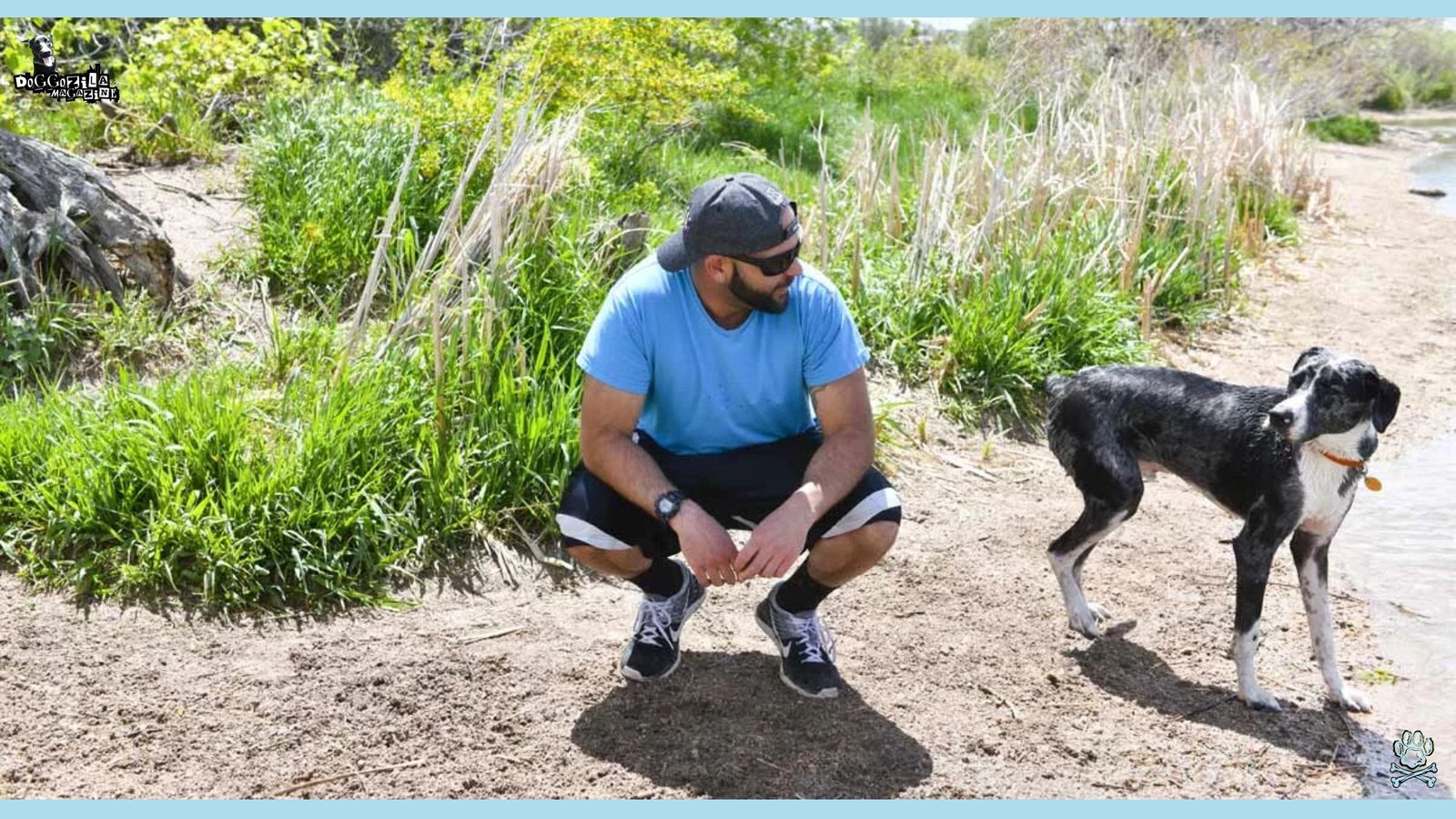
IMPLEMENTING THE “EMERGENCY STOP” IN YOUR OFF-LEASH DOG TRAINING
An emergency stop is a instant “down” or “sit” command from any distance. This command can prevent your dog from running into a dangerous situation. To teach it, start with your dog on a long-line very close to you. Give your command in a firm, clear voice and gently guide them into position if needed. Reward them instantly and lavishly with an amazing treat like real chicken.
Gradually increase the distance and practice in different environments. This life-saving skill is a critical component of advanced off-leash dog training. Practice it daily until it becomes an automatic reflex for your dog. This command could prevent a tragedy if your dog heads toward danger. It’s one of the most valuable skills in any off-leash dog training program.
Mastering The Art Of The Distraction-Proof Recall
A distraction-proof dog recall means your dog comes to you even when something more interesting appears. To build this, you must practice with controlled, manageable distractions. Start with mild distractions, like a person standing quietly at a distance. Have your partner toss a treat on the ground, then you call your dog and reward them heavily.
Slowly make the distractions harder, like a lightly bounced ball or a calm dog nearby. If your dog fails, do not get upset, just make the exercise easier next time. This gradual approach is the secret to a reliable off-leash dog training outcome. A dog that comes when called despite distractions is truly trained. This level of reliability is the ultimate goal of off-leash dog training.
Using Play And Engagement Games To Reinforce Your Work
Training should never feel like a chore for you or your dog. Incorporating play makes learning fun and strengthens your bond. Turn recall practice into a game of “Ping-Pong” where two people take turns calling the dog. Use a flirt pole to teach impulse control and a solid “drop it” command.
Play hide-and-seek in the house or behind trees at the park to sharpen their focus on you. When your dog finds you, celebrate with a game of tug or a treat party. This joyful approach makes you the center of your dog’s universe, which is the ultimate goal of off-leash dog training. Dogs learn best when they’re having fun during their training. Play-based learning creates positive associations with obedience.
Navigating Setbacks In Your Off-Leash Dog Training Journey
Every dog training journey has its ups and downs. Do not be discouraged if your dog has a bad day or a major regression. This is completely normal and not a sign of failure. Setbacks often happen during adolescence, when new fears emerge, or in a novel environment.
The key is to manage the situation without damaging your dog’s trust in you. Stay calm, patient, and always go back to a simpler step they can master. Remember, progress is rarely a straight line, so celebrate the small victories in your off-leash dog training.
🔑 Key Points: Teaching an instant “down” or “sit” command from a distance is a critical, life-saving skill that can prevent your dog from running into danger.
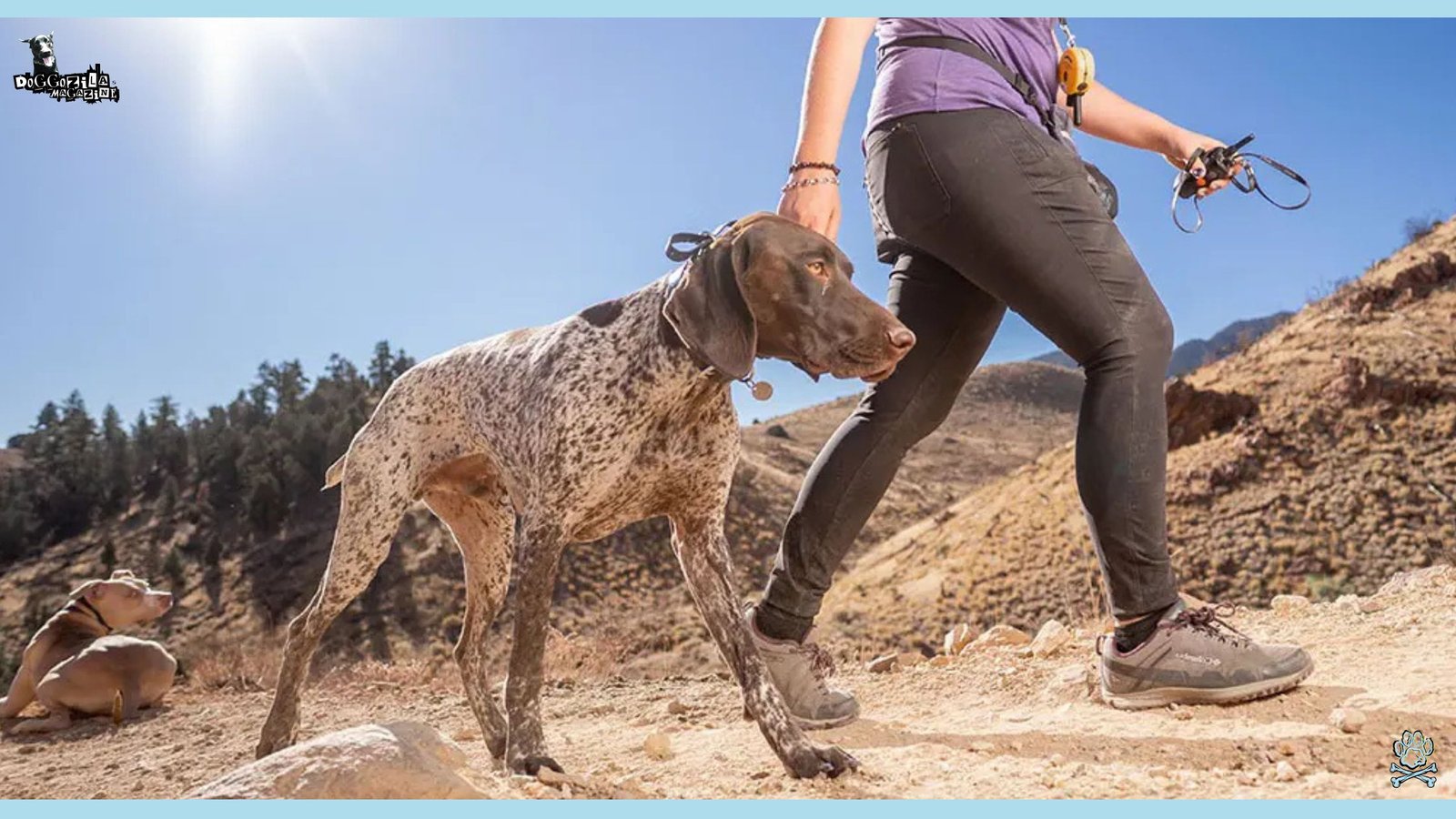
WHAT TO DO WHEN YOUR DOG SUDDENLY STOPS LISTENING?
If your dog suddenly ignores commands, they are likely overstimulated or stressed. First, avoid repeating the command over and over, as this teaches them to ignore you. Instead, calmly go and get your dog, then lead them to a quieter area. Do not scold them, as the environment itself was the punishment. Simply end the training session and try again later in an easier location.
This management strategy prevents them from practicing the unwanted behavior. It is a standard part of troubleshooting your off-leash dog training plan. Every dog has off days just like people do. The key is to respond patiently rather than punitively.
How To Handle Unexpected Wildlife Encounters Safely?
Seeing a squirrel or deer can trigger your dog’s powerful prey drive. If this happens, your best tool is a pre-trained emergency stop. If that fails, do not run after your dog, as this can turn into a dangerous game of chase. Instead, run in the opposite direction while calling their name in a happy, excited voice.
The surprise of you leaving can often break their focus and trigger them to follow you. Always be aware of your surroundings and leash your dog in areas with known wildlife. Preparing for these scenarios is a crucial part of responsible off-leash dog training. Wildlife encounters test the limits of even the best training. Having a plan for these moments is essential for safety.
Rebuilding Trust And Confidence After A Scary Incident
A single negative experience, like being charged by another dog, can shatter your dog’s confidence. After such an event, your dog may become fearful and less reliable off-leash. Immediately return to basic training in a very safe, familiar environment for several weeks. Use a long-line to rebuild their confidence without pressure.
Pair the sight of other dogs at a great distance with high-value treats to create positive associations. Patience is critical, as rebuilding trust takes time. A thoughtful approach will help your off-leash dog training get back on track. Setbacks don’t have to be permanent if you address them properly. With patience, most dogs can overcome frightening experiences.
Is Your Dog Truly Ready for Off-Leash Freedom?
This is the million-dollar question every responsible owner must ask. Readiness is not about age or breed, but it is about demonstrated reliability. Your dog should consistently respond to commands in a semi-distracting environment on a long-line. They should also naturally check in with you and show solid impulse control.
Furthermore, their recall must be instant and joyful, not slow and reluctant. Honestly assess your dog’s temperament and prey drive, as these are major factors. Making an objective decision is your responsibility as your dog’s protector and advocate.
🔑 Key Points: If your dog ignores commands, they are likely overstimulated, avoid repeating yourself, calmly get them, and move to a less distracting area without scolding them.
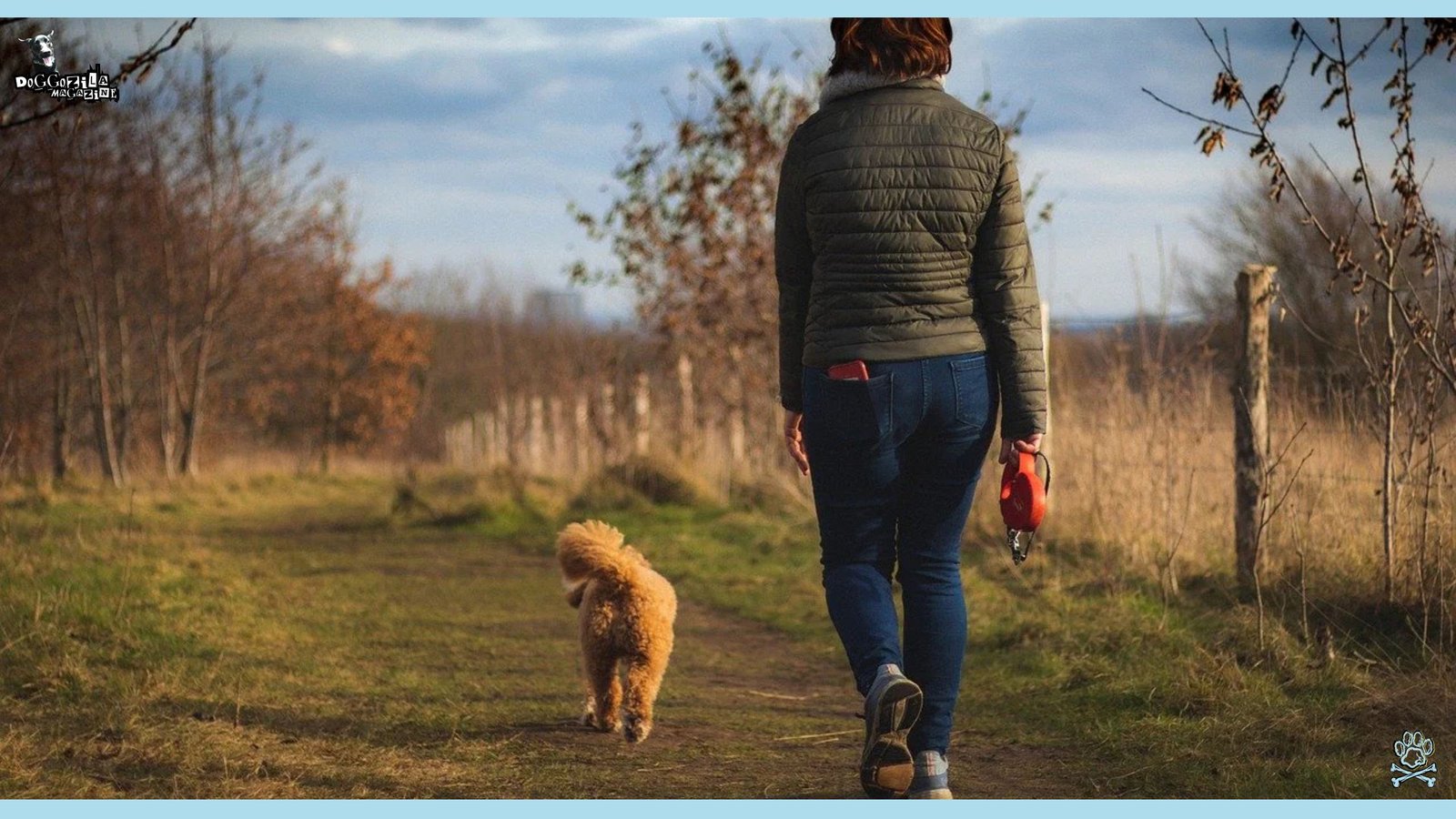
CONDUCTING THE ULTIMATE PRE-FLIGHT TEST FOR SAFETY
Before you unclip the leash, perform a simple but effective test. Go to a safe, fenced area or use a very long line. Wait until your dog is distracted by something interesting, like sniffing a bush. Then, calmly call their name once. If they immediately disengage and come to you, that is a fantastic sign.
You should remember that if your dog hesitate or ignore you when you call their name, they are not ready. This test helps you gauge their true readiness without any risk. It is the final exam before graduating to full off-leash dog training privileges. This test removes the guesswork from your decision. It provides concrete evidence of your dog’s readiness level.
How Breed Instincts Can Influence Your Results?
A dog’s breed plays a significant role in their off-leash potential. Herding breeds like Border Collies often excel because they are bred to work closely with a handler. Conversely, scent hounds like Beagles may struggle because their nose can overpower their ears. Northern breeds like Huskies are famous for their independent spirit and high prey drive.
This does not mean some breeds cannot be off-leash, but it changes the approach. You must work with your dog’s instincts, not against them, for successful off-leash dog training. Genetics create certain tendencies but don’t determine destiny. Understanding breed traits helps you set realistic expectations for training.
Identifying Your Dog’s Unique Distraction Threshold
Every dog has a “point of no return” where distractions become too overwhelming. For one dog, it might be a running squirrel. For another, it could be the sight of another dog. Learn to identify your dog’s specific triggers and their intensity levels. Pay close attention to their body language for signs of fixation.
Once you see that laser focus, it is often too late for a command to work. Managing their environment to stay under this threshold is a key skill. This awareness is fundamental for safe and effective off-leash dog training. Knowing your dog’s limits prevents setting them up for failure. This understanding is crucial for successful off-leash dog training management.
The Joy And Responsibility Of Off-Leash Dog Training
Successfully training your dog to be off-leash is one of the most rewarding experiences for an owner. It represents a deep, mutual trust and a flawless line of communication. You get to share incredible adventures together, from mountain hikes to beach runs.
However, this freedom also comes with a serious responsibility to your dog and your community. You must always respect leash laws, private property, and other people’s space. The ultimate goal is a partnership where your dog chooses to be with you, not because they have to, but because they want to.
🔑 Key Points: Test your dog’s readiness in a secure area by calling them while they are distracted, and only proceed with off-leash freedom if they respond immediately and joyfully.
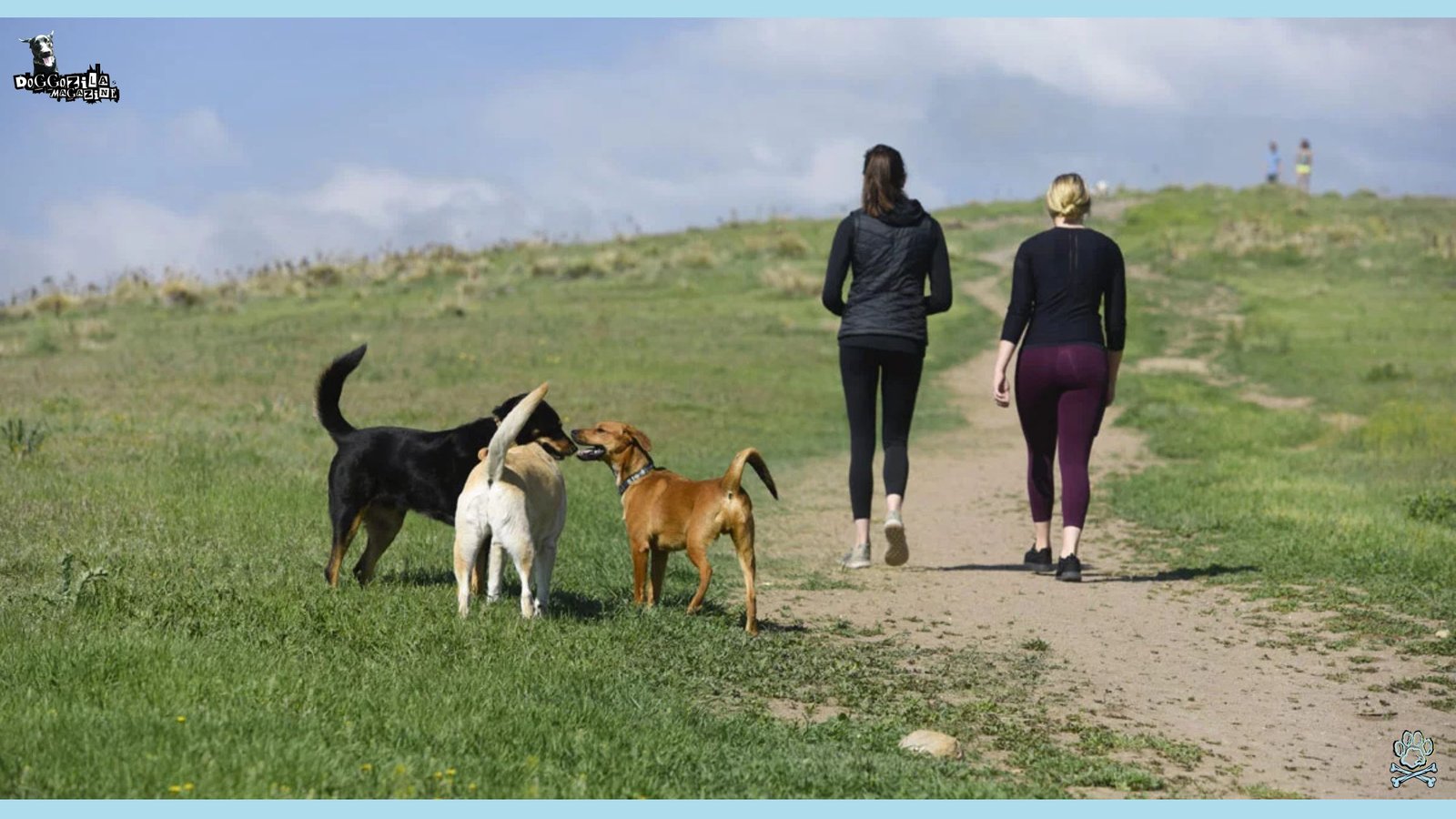
RESPECTING PUBLIC SPACES AND LOCAL LEASH LAWS
Always be a good ambassador for responsible dog ownership. Know and obey the leash laws in your local parks and nature reserves. Even if your dog is perfectly trained, other people or dogs may be fearful. Not everyone is comfortable with a loose dog approaching them, no matter how friendly.
Remember to only let your dog off-leash in designated, secure areas or on remote trails. This respect ensures these wonderful privileges remain available for everyone. It is a core principle of ethical off-leash dog training. Being considerate of others protects access for all dog owners. Responsible use of freedom ensures it remains available long-term.
Creating Unforgettable Adventures With Your Trained Partner
Once you have built a reliable off-leash skillset, a world of fun opens up. You can explore hiking trails, let them splash in secluded lakes, and run through open fields. We love watching our dogs solve the natural puzzle of a new environment. These shared experiences create memories that last a lifetime and deepen your bond immensely.
It is the ultimate payoff for all the hard work you both put in. This is the beautiful freedom that effective off-leash dog training provides. Watching your dog experience pure joy in nature is incredibly rewarding. These adventures strengthen your bond in unforgettable ways.
Continuing Education And Maintaining Your Hard-Earned Skills
Off-leash reliability is not a “set it and forget it” skill. It is a living part of your relationship that needs occasional maintenance. Continue to practice recalls and other commands throughout your dog’s life. I like to do a quick 2-minute refresher session before we start any off-leash play.
This keeps their skills sharp and their focus on you. Think of it as a fun game, not a boring drill. Consistent practice ensures your off-leash dog training success lasts for years to come. Training maintenance prevents backsliding into old habits. Regular practice keeps the communication between you and your dog strong.
Your Next Steps In The Off-Leash Dog Training Adventure
You now have a comprehensive roadmap to guide you on this exciting journey. Remember to start small, build a strong foundation, and always prioritize safety. Celebrate every small success along the way, because each one is a step toward your goal.
Be patient with your dog and with yourself, as this process takes time and dedication. The bond you will build through this training is worth every single effort. So, grab your treats, your long-line, and your sense of adventure. A world of freedom and fun awaits you and your four-legged best friend.
🔑 Key Points: Always be a responsible owner by obeying leash laws and being considerate of others, ensuring that off-leash privileges remain available for everyone.
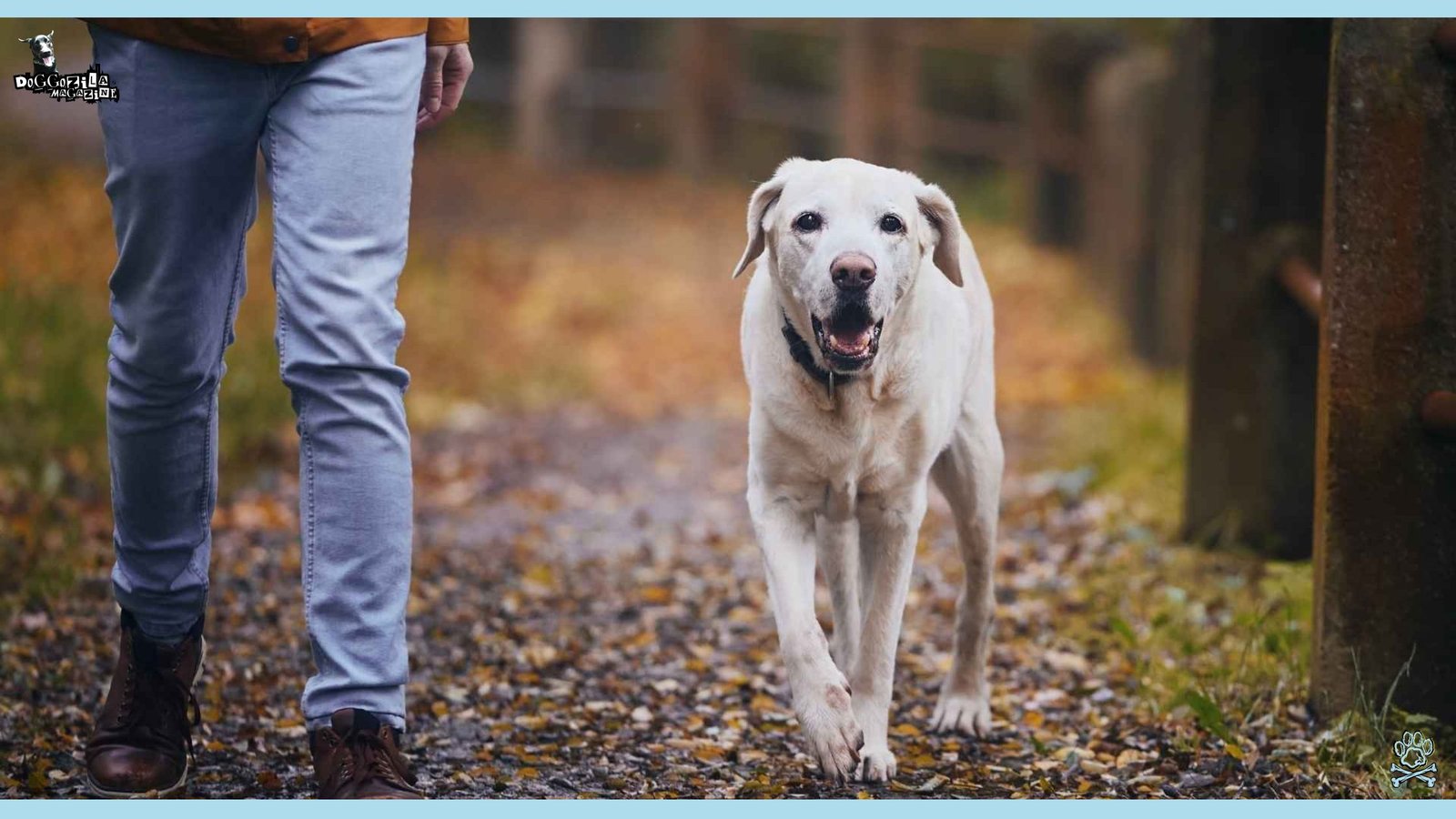
FINDING A PROFESSIONAL TRAINER FOR PERSONALIZED GUIDANCE
If you feel stuck or have a particularly challenging dog, do not hesitate to seek help. A certified professional dog trainer can provide invaluable, personalized advice. They can spot tiny mistakes you might be missing and offer effective solutions.
Look for a trainer who uses positive reinforcement methods, just like we have discussed. They can help you troubleshoot specific issues and accelerate your progress. Investing in a few sessions can make your off-leash dog training journey smoother and faster. A good trainer provides objective feedback you can’t give yourself. Professional guidance can break through plateaus in your training.
Connecting With A Community For Support And Tips
Join local hiking-with-dogs groups or online forums dedicated to dog training. Sharing experiences with other owners provides fantastic moral support and practical tips. You can learn about new, dog-friendly locations to practice your skills. It is also a great way to find training buddies for practicing recalls with distractions.
Being part of a community makes the journey more enjoyable and less isolating. You can share your off-leash dog training successes and challenges with people who truly understand. Other dog owners can offer valuable insights from their own experiences. Community support makes the training process more social and enjoyable.
Setting Realistic Goals For Your First Year Of Training
Do not expect perfect off-leash reliability in a matter of weeks. Set small, achievable goals for your first month, like mastering a solid “watch me.” In three months, aim for a reliable recall in your backyard. By six months, your goal might be a good long-line recall at a quiet park. Within a year, many dogs are ready for carefully selected off-leash adventures.
These realistic milestones will keep you motivated and show you how far you have come. This structured approach is the key to long-term off-leash dog training success. Celebrating small victories maintains motivation throughout the process. Proper goal-setting prevents frustration and creates a clear path forward.
Frequently Asked Questions About Off-leash Dog Training
I hope this FAQ helps you on your journey to having a wonderfully reliable off-leash companion. Remember, patience and consistency are key. If you have a specific challenge with your dog, consulting a professional positive-reinforcement trainer can provide personalized guidance.
Top 3 Recommended Articles Offering Dog Training Tips
- Leash Reactivity In Dogs: Top Expert Tips
- How to Train Your Dog to Play Dead: Step-by-Step Guide
- Clicker Training for Dogs: How to Start to Use the Click?
Final Thoughts: Your Journey to Off-Leash Freedom
Reaching the end of this guide means you’re already on the right path, committed to giving your dog the greatest gift you can offer, trusted freedom. This journey of off-leash dog training is about so much more than just removing a piece of equipment. It is a profound transformation of your relationship, built on a language of mutual trust and clear communication that you’ve built together, one recall at a time.
Remember to celebrate every single small victory along the way. The first time your dog checks in with you without being called, the instant they respond to your “emergency stop” during a moment of distraction, the joyful glance they give you on a hike, these are the moments that truly matter. They are the real milestones that prove your bond is deepening. This path requires immense patience, unwavering consistency, and a heart full of understanding for your canine partner.
There will be challenging days, but the view from the top when watching your best friend explore the world with confidence while always choosing to return to you, is worth every single effort. So, take a deep breath, clip on that long-line, and take that first step into a bigger world with your dog. The trails are waiting, the parks are calling, and a lifetime of unforgettable adventures lies ahead. You have the knowledge, now you just need to build the experience.
Here’s to the joyful wag of a tail in an open field, to the shared quiet moments in nature, and to the unshakable bond you are about to forge.
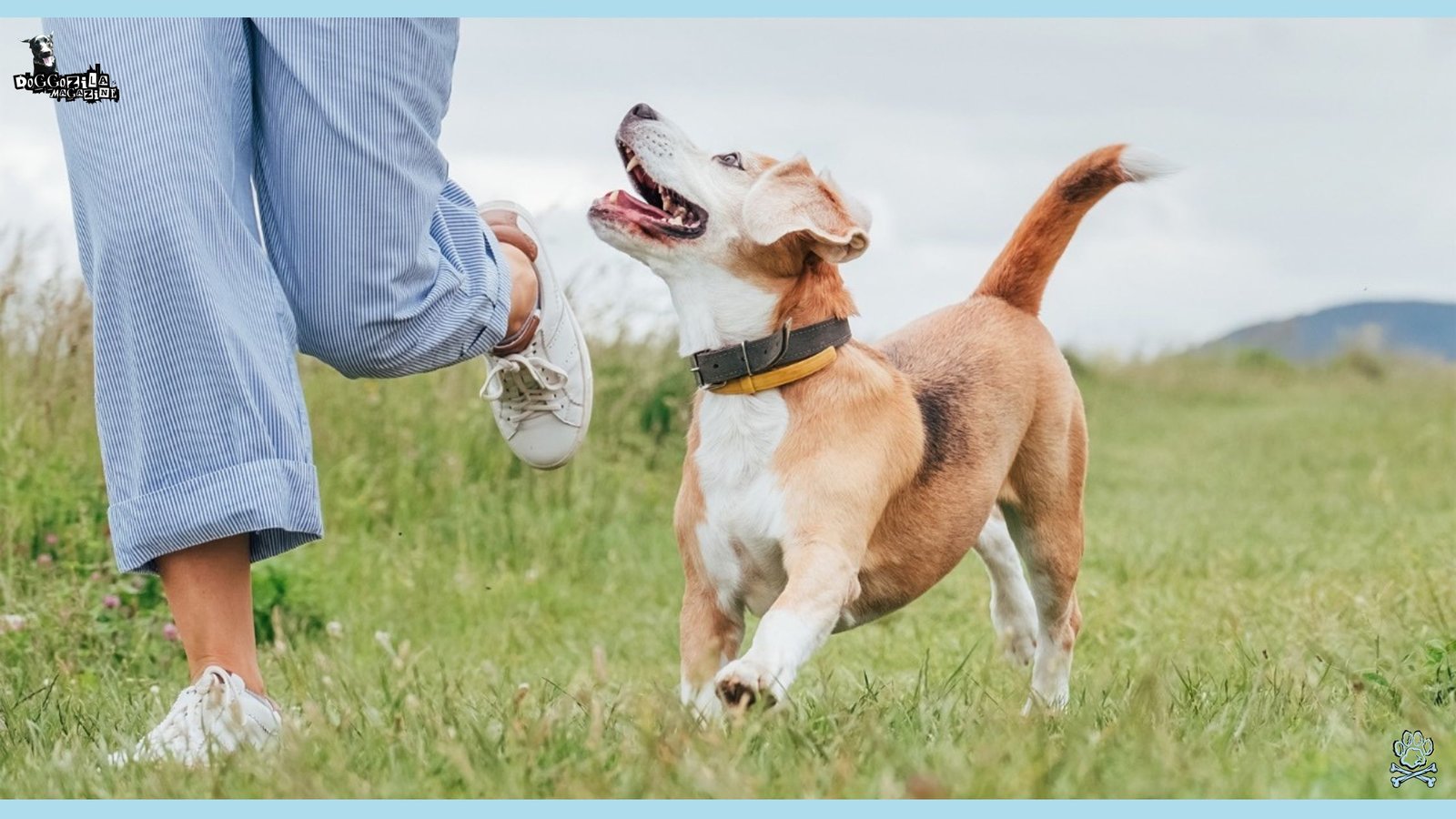
You and your dog are ready for this amazing adventure. Now, go enjoy that freedom together.

